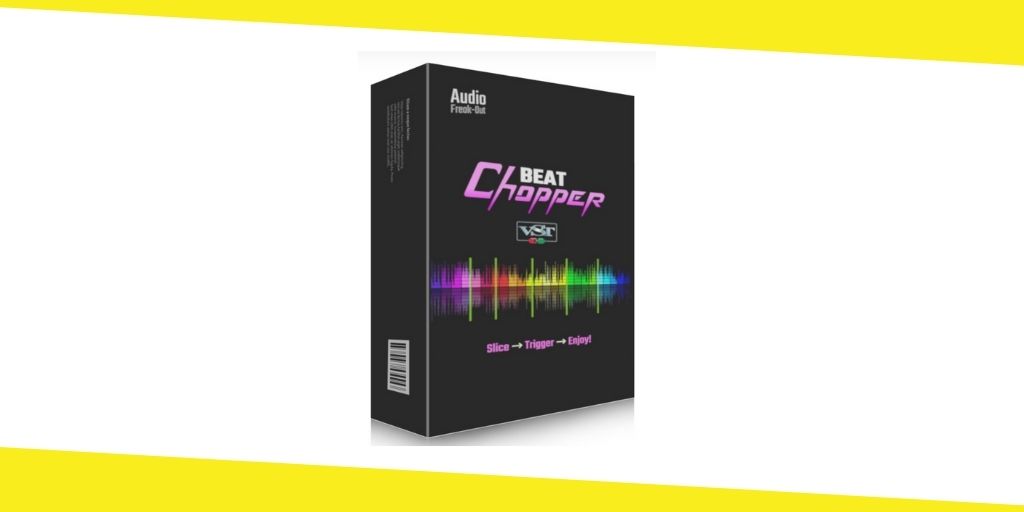
Beat slicing will extend your artistic capacity dramatically — you can sync tempos and main indicators, rearrange loop events and immerse yourself in inspiring sound design. We look at the leading Beat Chopper VST Instrument to show you the best possible results in your sequencer using this effective technique.
Get in the loop
Sampled loops are part of the industrial development of music. They have long been affiliated with hardware Samplers, but are now everywhere. While loops once were primarily instruments for dance and hip hop, they are now routinely used in most music genres.
And loops will make it simple, too. This can be cool: sit back and put a lot of bibliography loops together before you have a track. This is perfect for children or if you want to bring songs together as a hobby with little time to read the whole dorky overview. It could also be a point of departure for something else: you have set a few loops and heard a new rhythm against which you could start to work. Often after a while, the original loops are removed entirely and the house stands alone as it does when the bricks are in place to break the frame from the arch. However, another choice is to take loops and make them yours, and here we are concerned about that.
Slicing beats
Because beat slice means the removal and re-spacing of the chunks to a new tempo in the continuous audio file, it follows that only certain types of content are acceptable. The key aims are guitars, rhythm, and other intrinsic, “gappy” and temporary audio sources. However, certain monophonic loops can be dealt with with with with a high level of performance. There are ways to resolve these limitations, especially if you don’t care about changing the loop, but we will come back to them. Let’s look at how you go through the Beat Slicing process before we get carried away, which should help explain the whole theory.
You can load a WAV audio sample from different locations by Beat Chopper, break it, and enabled it by MIDI. It can be broken into four, eight, sixteen, or 32 sections or grouped into volumes automatically. The sample waveform, chop points and current play location are shown in real-time on the user interface.
This plugin can be used and cut a beat to create several variations. The use must not, however, be limited to beats – use your imagination and chop a guitar riff, for example. Many instances of Beat Chopper may be run at the same time. The Windows DLL module is only available.
This application itself is new and much is being improved. Copy your zip file folder to your Beat Chopper VSTi plugins directory to install it.
Conclusion
We’ve been exploring the most common applications of beat cutting, namely tempo shifting and loop series. Naturally, by changing the tempo the entire purpose of slicing is to eliminate adjustments to the audio pitch. Likewise, beat slice can process the sound’s pitch without altering the tempo. For drum loops, you can do this to re-pitch any of the ringing sounds to sit with the rest of the songs. You can also pitch individual notes with musical loops to create a new melody or fit the key to your other pieces.